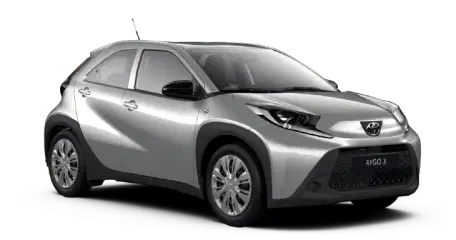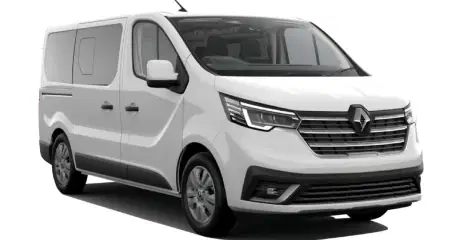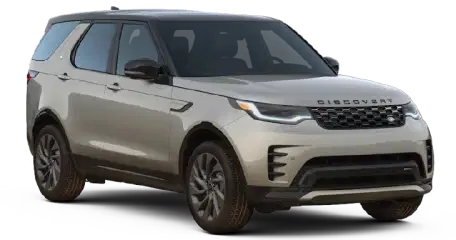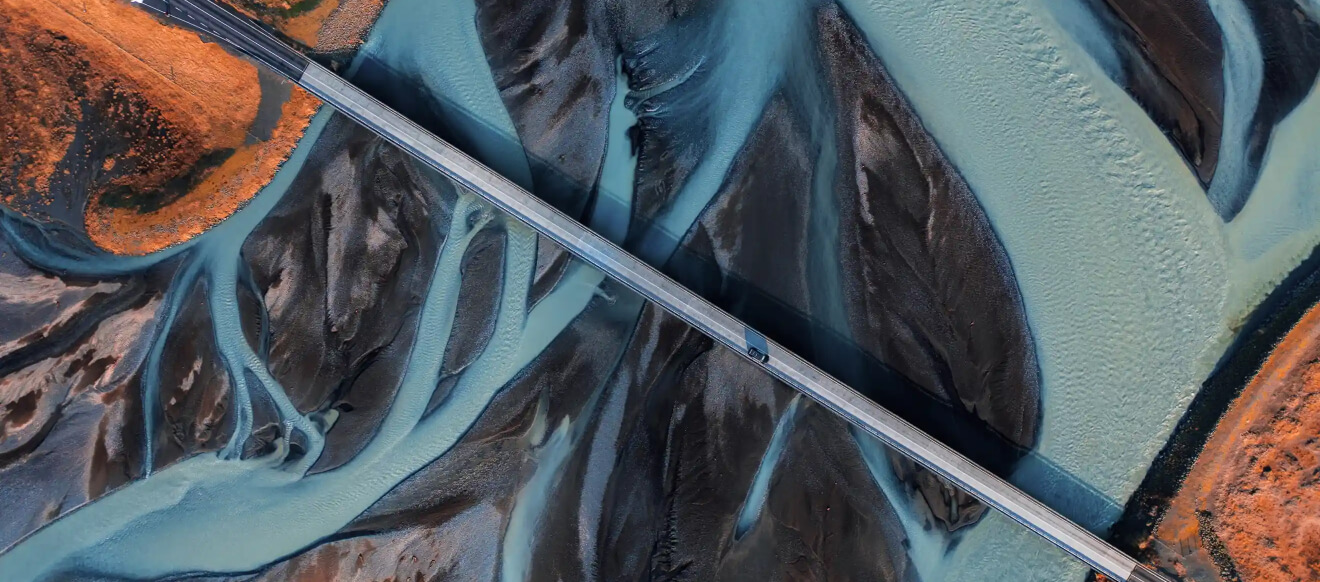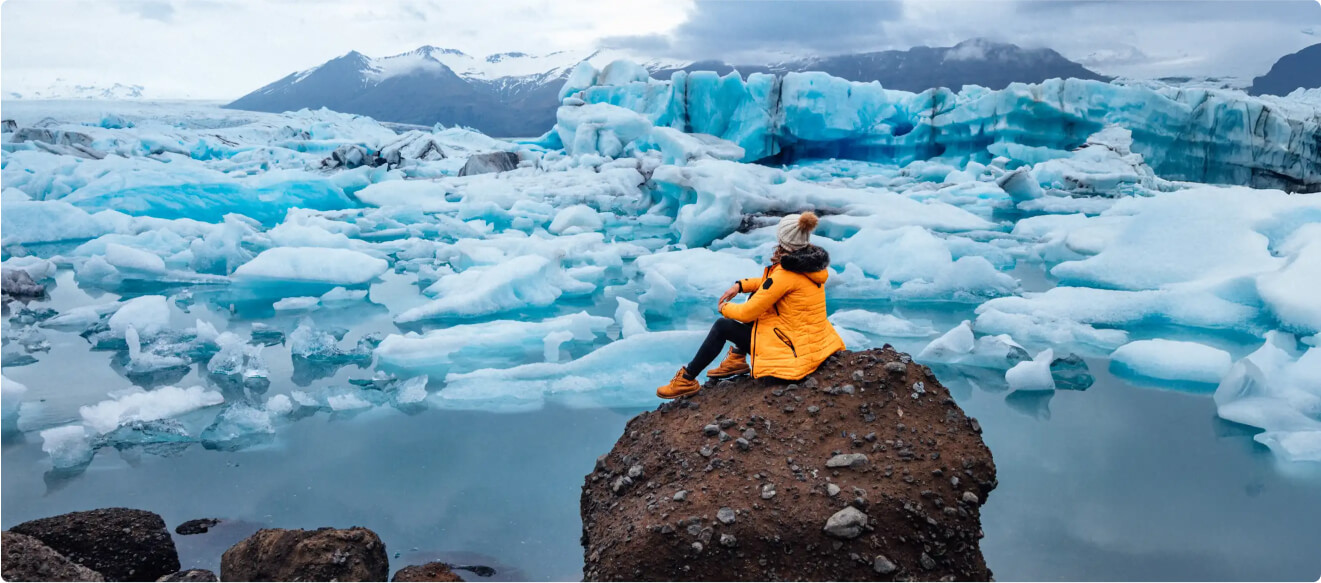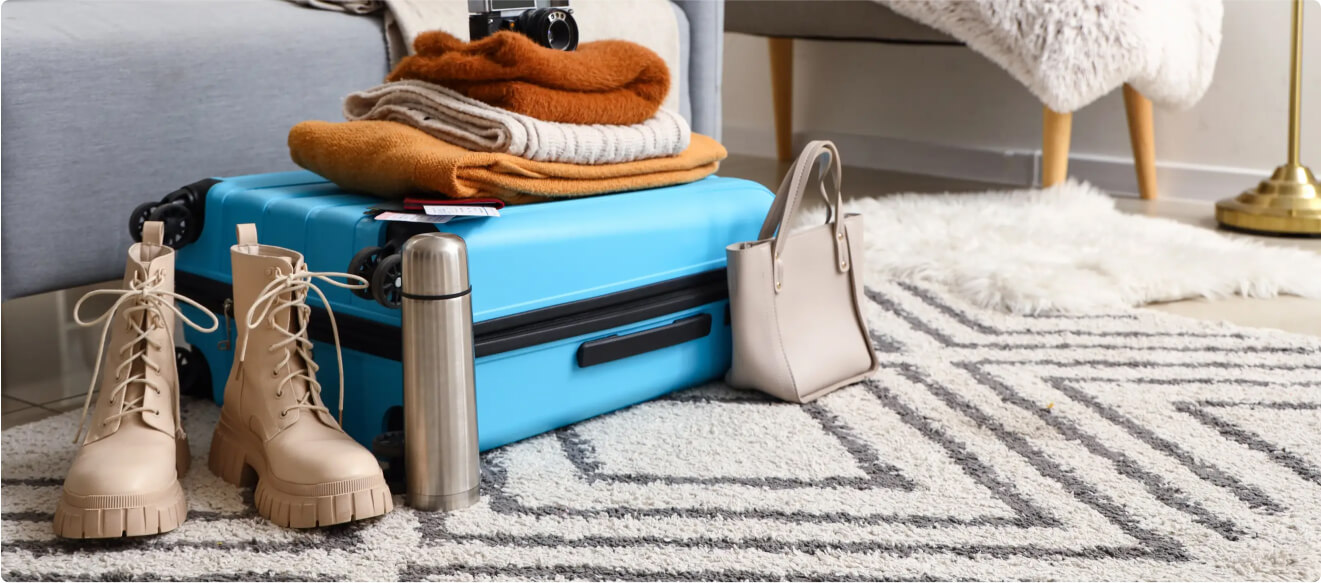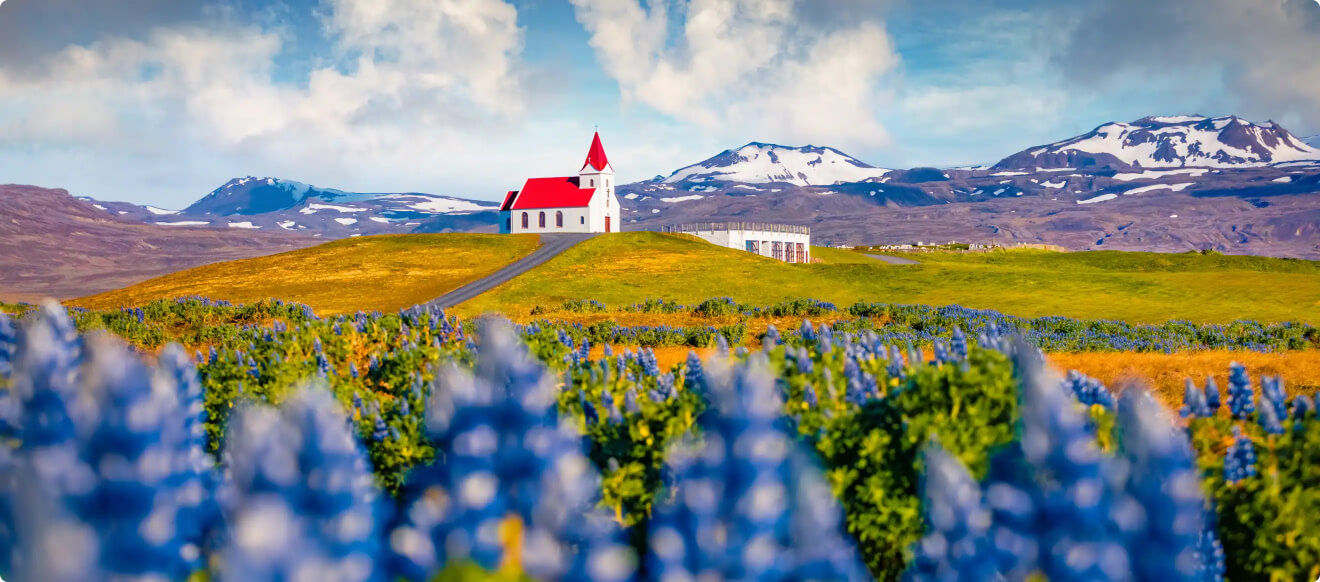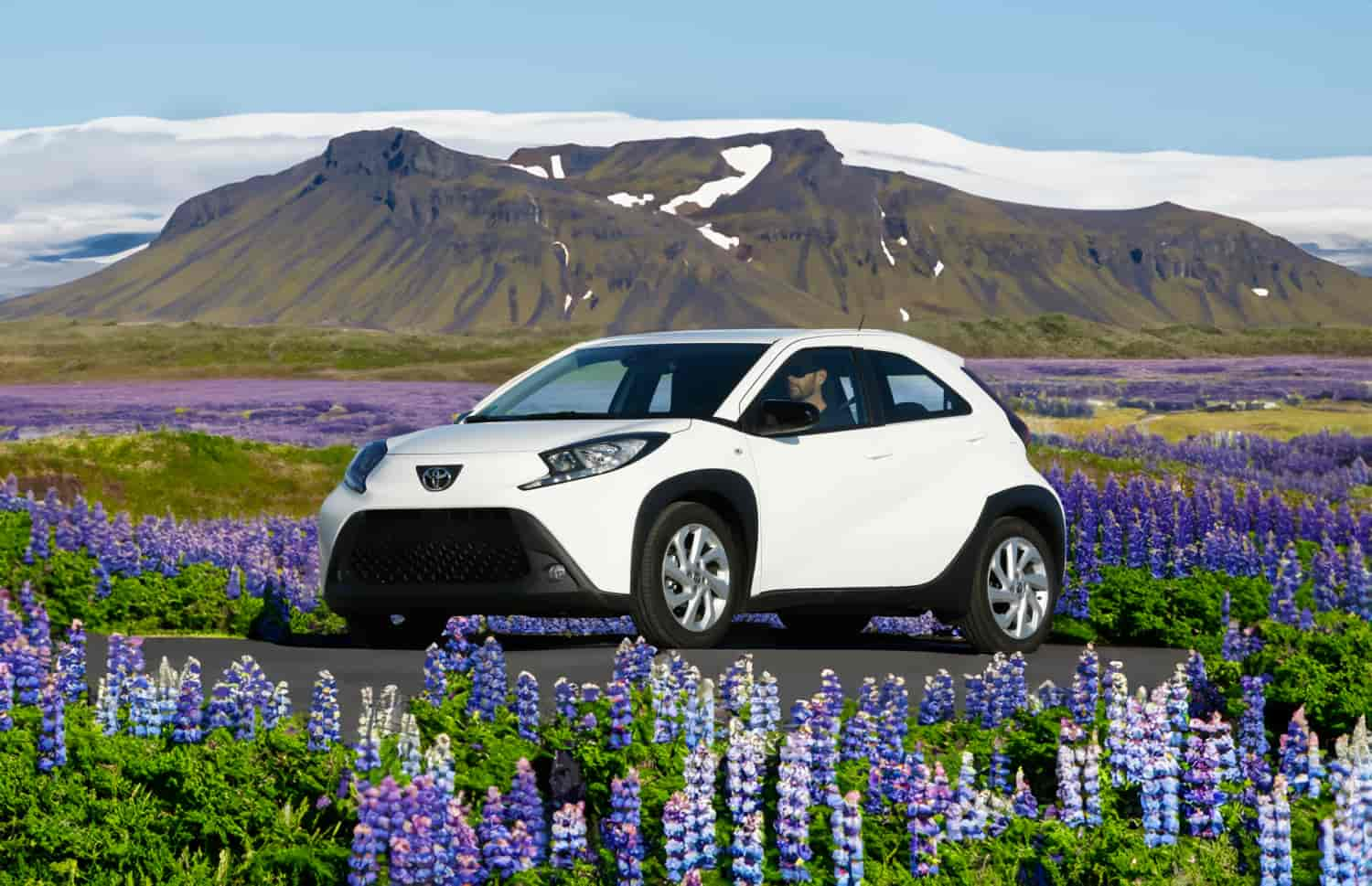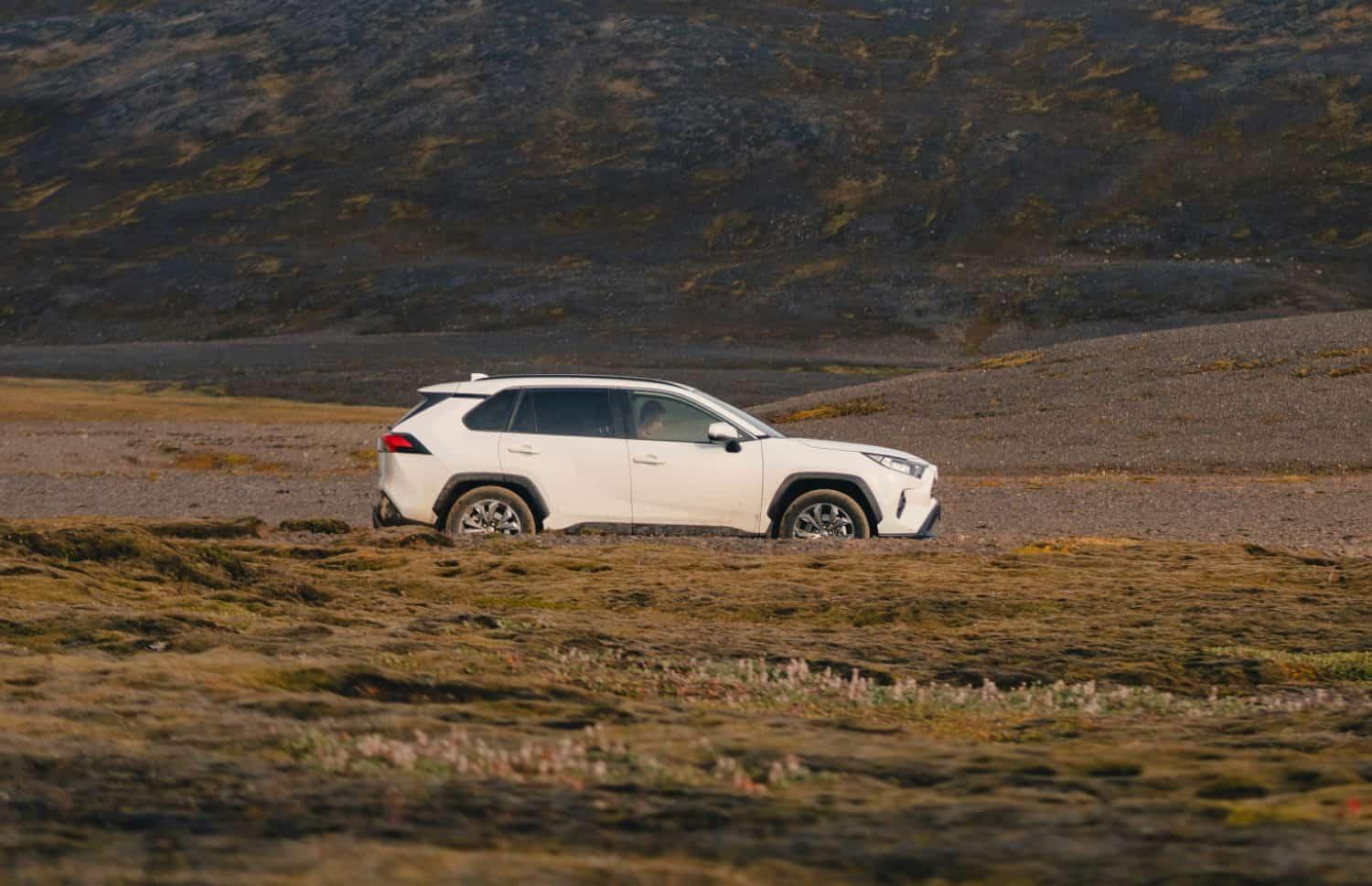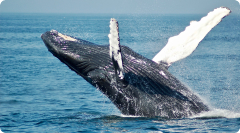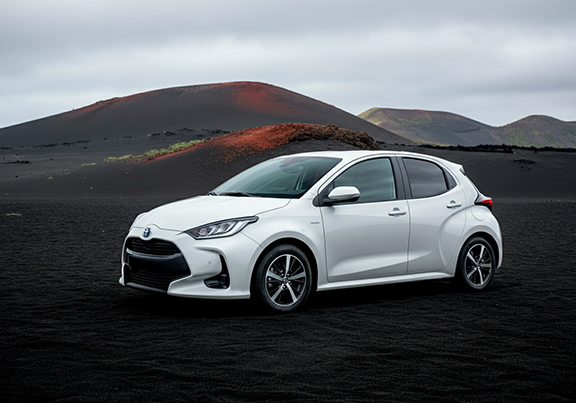Iceland is famous around the world for its beauty; most of the country is uninhabited and so mostly unspoiled. The locals respect their environment and accept their responsibility to maintain it, and encourage visitors to do the same. And so, Icelanders explore and enjoy their surroundings while doing their best to minimize their impact.
They consider a connection with nature to be essential, so road trips and camping are common. They’re happy for you to join them in their appreciation of the island’s nature. And there’s no better way to immerse yourself than to go camping in Iceland.
Iceland’s Camping Rules
There are strict rules in place to protect the country's landscape. The most important of these to note is that free camping in Iceland is illegal. This means that you are only permitted to camp (in campers or motorhomes) in designated areas, and there is no shortage of them. While 'wild camping' in tents (only) is permitted outside designated campsites in Iceland, much of the land is privately owned. It's advisable to seek permission before camping.
You might think you can avoid this limitation by driving somewhere no one will find you. But keep in mind also that off-road driving is also illegal here, and the fines are heavy if caught.
These restrictions are in place to preserve the delicate flora that grow across the country, such as Iceland moss. For this reason, if you are out hiking, please don’t step on the moss. Stepping on it can easily kill it, and it takes decades to grow back. It’s easy to spot; it’s bright green and covers huge areas, on mountain sides and lava fields.
Campfires are illegal in Iceland, so stick to proper cooking equipment such as portable stoves or bring cold food. Depending on the campsite, you may have access to communal cooking facilities. When you leave a site, please take all of your rubbish with you or dispose of it in designated bins.
The Icelandic tourism industry has grown significantly recently, and in 2019 welcomed almost two million tourists. The only way the country has been able to remain pristine is by following these rules. So, when planning your vacation to Iceland, make sure you include eco-friendly ways that can help lower the impact on the environment.
How Much is Camping in Iceland?
You can expect to pay between ISK 1,000 and 2,500 per person, per night for camping in Iceland. There are some in the more remote areas of the country that have only basic facilities. This could be as simple as a place to pitch your tent and a dry latrine. Others will have showers, kitchens, and flushable toilets, such as Landmannalaugar in the highlands.

If you’re planning to do a lot of camping here, consider buying the Iceland camping card. It costs €159 and covers up to two adults and four children traveling together for up to 28 nights.
It’s only valid for one tent or campervan, so you’ll have to pay extra if you use more than one. Also, It is valid at dozens of campsites all across Iceland, so it can save you a lot of money. You can buy the card online and either have it delivered or pick it up from their office in Reykjavík. Note that the card is only valid for use between May and September.
In Iceland, you don’t have to book your stays in campsites in advance; you can just turn up. It’s very rare that Iceland campgrounds will be fully booked.
The Best Campsites in Iceland
If you visit this website you’ll find a great Iceland campgrounds map, with details of their locations and facilities. But where are the best camping spots in Iceland? Let’s take a look at one in each area, to put some contextual pins on your camping in Iceland map.
Note that all the prices referenced are for adults. Children’s’ entries are always cheaper or free, but the age that defines a child can vary.
Reykjavík Campsite- The Capital
This campsite is conveniently located a short bus journey from the city center. It consists of a large field for tent pitching and a parking area for campervans and caravans. There are also two toilet and shower facilities and a kitchen with indoor and outdoor seating areas.
The City Hostel, next to the campsite and under the same management, also offers a breakfast option and bike rental. The cost is ISK 2,400 per person, per night but it’s cheaper if you book online. Reykjavík Campsite is a great place from which to start your camping adventure when you arrive in the country. It’s also right next to one of the city’s biggest naturally heated swimming pools.
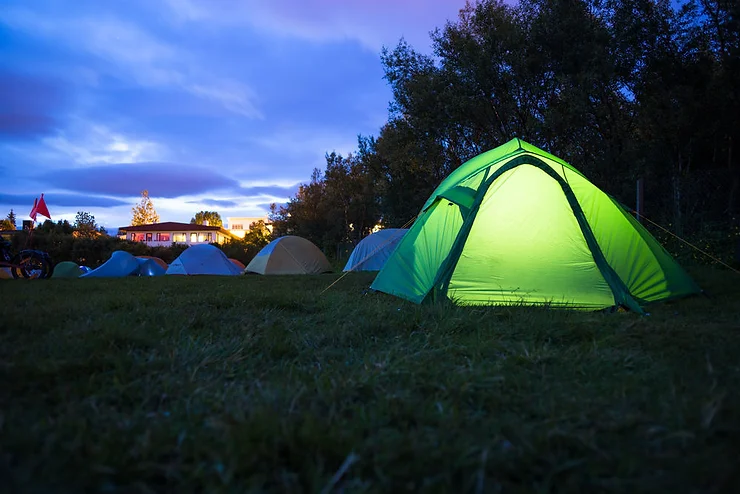
Skógar Camping Ground- South Coast
This site is ideally located next to the well-known Skógafoss waterfall, just off the south coast. It’s easy to find; just turn off the ring road (Route 1) onto Skógar road and follow signs to Skógafoss. One of Iceland’s most famous hiking routes, Fimmvörðuháls, which leads into the highlands, can either start or end here. The trail leads to Þórsmörk, a mountain ridge that passes between two glaciers.
Borgarfjordur- East Coast
This lovely campsite is only ISK 1,200 per person, per night. It’s at the foot of a hill known to be home to many elves (magical creatures that live in rocks). Also, since it’s located at the base of a fjord, on the other side is a great ocean view. A short drive away, at Borgarfjarðarhöfn, you’ll find a huge puffin colony in the summer months. This area is full of well-marked trails, so use the campsite as your base from which to explore the east.
Husavik Camping Ground- North Coast
Just outside of the town of Húsavík, this great campsite can be found. From here you can explore the northern coast and all it has to offer. Húsavík is known as the whale-watching capital of Iceland and was featured in the Netflix film Eurovision. There is a swimming pool nearby and it’s an hour's drive from Iceland’s biggest town outside the capital region, Akureyri. The cost is ISK 1,500 per person, per night.

Tungudalur Camping Ground- The Westfjords
This campsite can be found near Ísafjörður, the capital of the Westfjords. The Westfjords are an isolated, remote part of the country renowned for their beauty and tranquility. From Tungudalur you not only have access to the city, but also surrounding hills and waterfalls. There’s a playground on-site and a Bonus supermarket nearby. Surrounding trees provide a decent shelter from the wind.
Hellissandur Camping- Snaefellsnes
This campsite is found near the tip of the peninsula known as Snæfellsnes. This is the area encompassing Snæfellsjökull National Park, which protects one of Iceland’s largest glaciers. The campsite is on the edge of a lava field and has incredible surrounding views. Snæfellsnes has so much to offer and is absolutely worth spending at least a couple of days exploring. The cost is ISK 1,500 per person, per night.
When to Go Camping in Iceland?
Whether a campsite is open year-round depends on the campsite; some are only open in the summer months. In some cases, this is because the areas where the campsites are located are only accessible in summer. For example, the highlands—Iceland’s interior—are inaccessible once the snow comes, so the roads leading to them are closed.
So, for that reason, and because you’re likely to have the best weather, May to September is the recommended time. With frequent strong winds, snowstorms, and cold temperatures, you may not enjoy camping here in the winter. That’s not to say that Iceland's summer weather is just perfect; you still need to be prepared for extreme conditions all year round. That leads me to what you should bring with you.
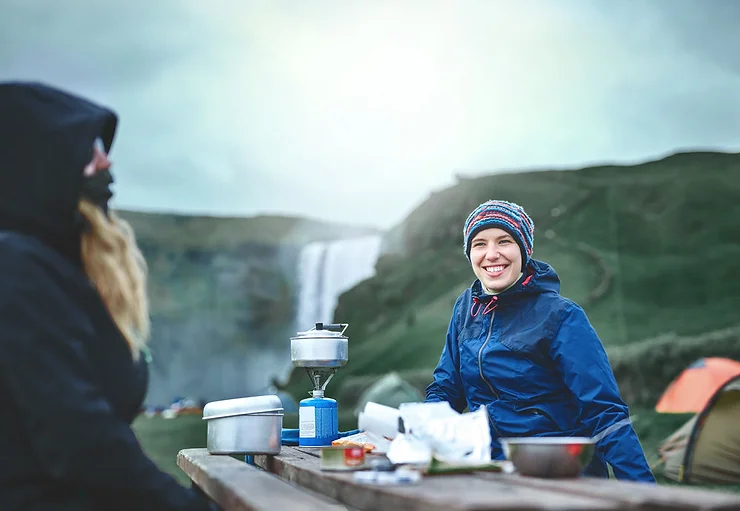
What to Bring for 10 Days Camping in Iceland
As I mentioned, even in the summer you’ll need to be prepared for extreme weather here. Bring a tent that can withstand strong wind, and warm, waterproof clothing. In the summer the sun barely sets, so bring along a sleeping mask to help you sleep. In Iceland, camping meals and dry food will come in handy.
Once you leave Reykjavík, the urban areas are far apart, so you’ll want to be stocked with easily prepared food. Since campfires are not allowed, you’ll want a portable cooker too. You can find everything you need in the city; there are several stores to either buy or rent camping equipment. The government website has created extensive lists of recommended equipment depending on what activities you’ll be doing.
A camping trip in Iceland allows you to fully experience all that the country has to offer. No matter where you camp, you’ll be surrounded by volcanoes, hot springs lava fields and other interesting hidden gems worth discovering.
Camping here offers an immersion into nature the way a hotel stay can’t hope to match. There are camping sites all over Iceland, so wherever you want to explore, you’ll find a place to stay. Stock up your rental car in Iceland or campervan with supplies and follow the ring road.
Remember to take care of the environment and leave it unspoiled for those who come here after you. Take nothing but pictures, leave nothing but footprints. Pitch your tent in the land of ice and fire for an experience you’ll never forget.
Samuel Hogarth, Cars Iceland.





